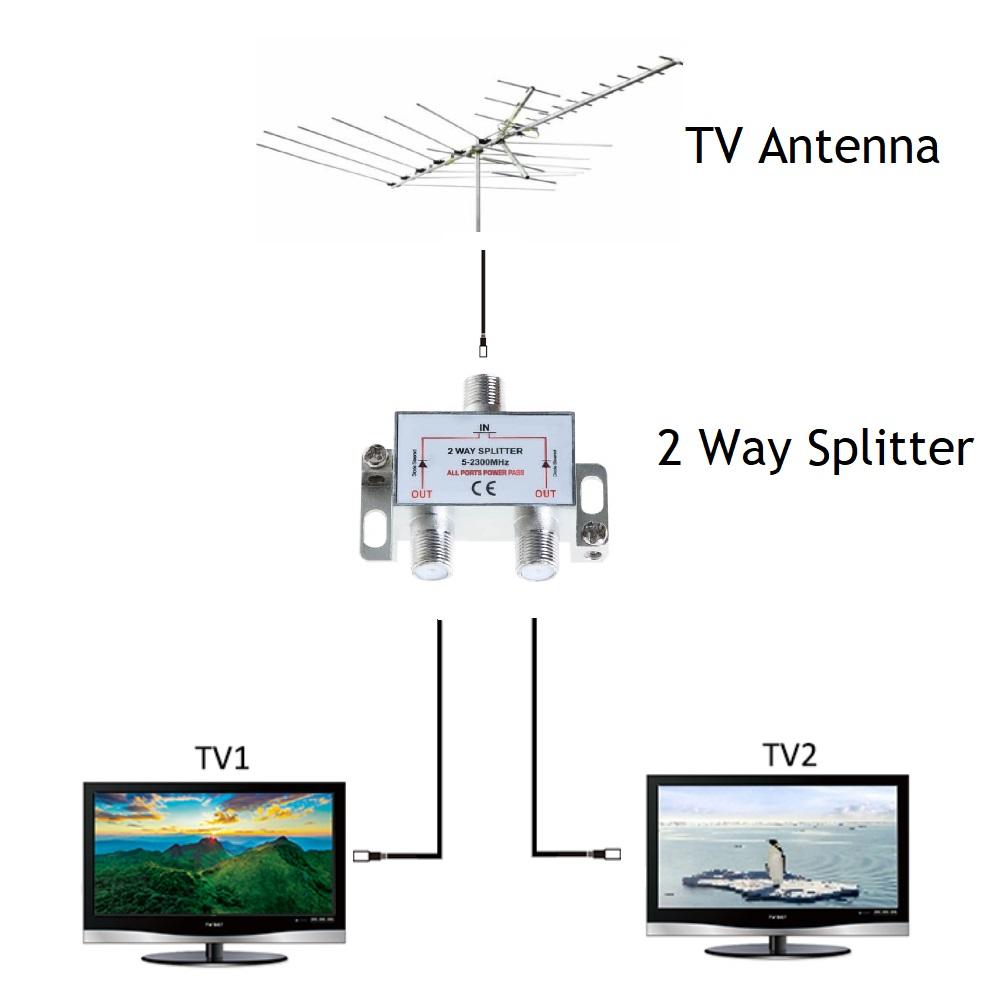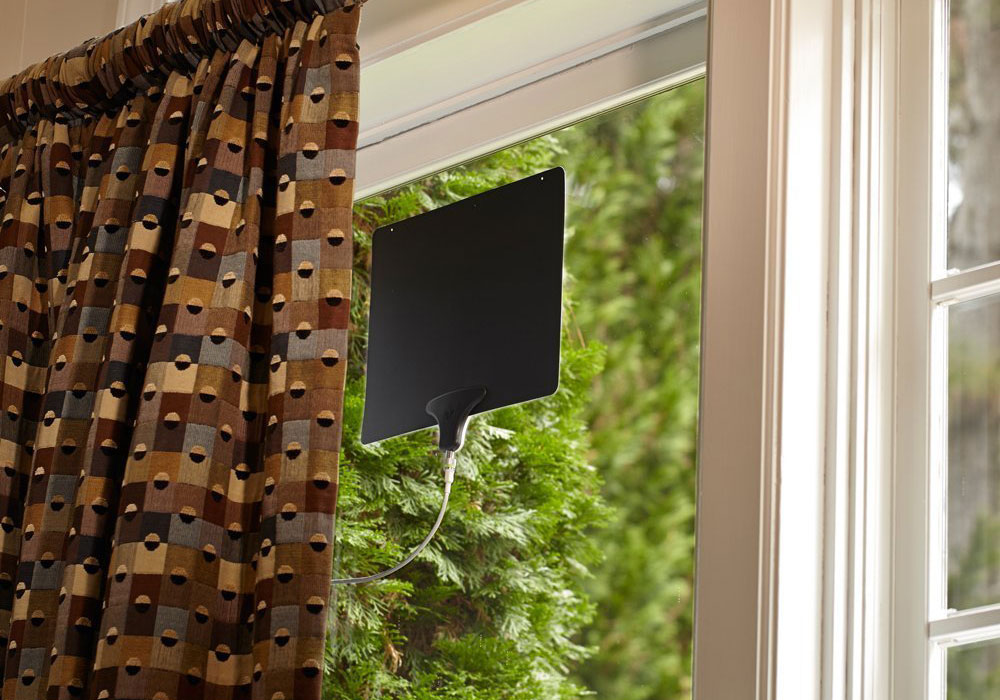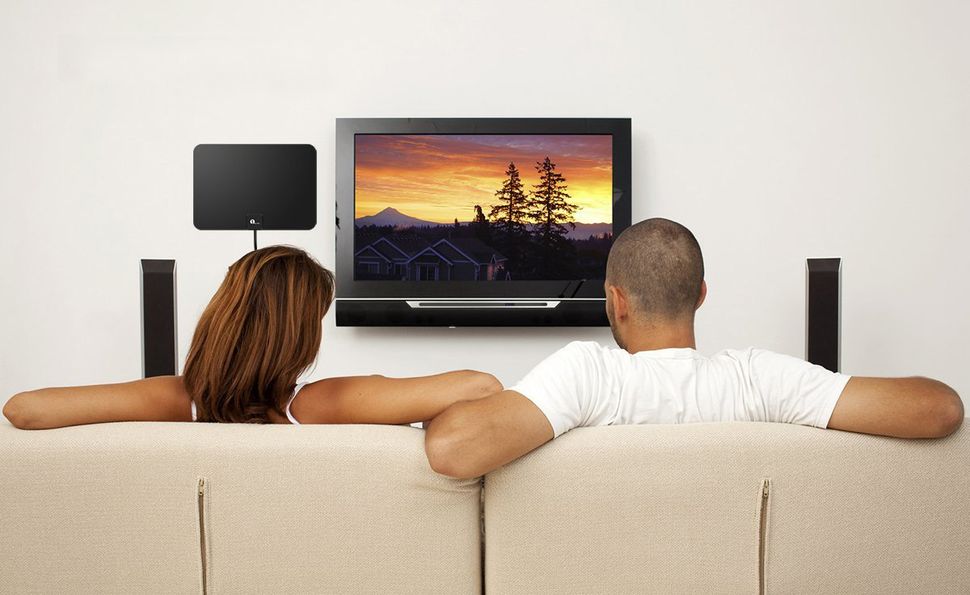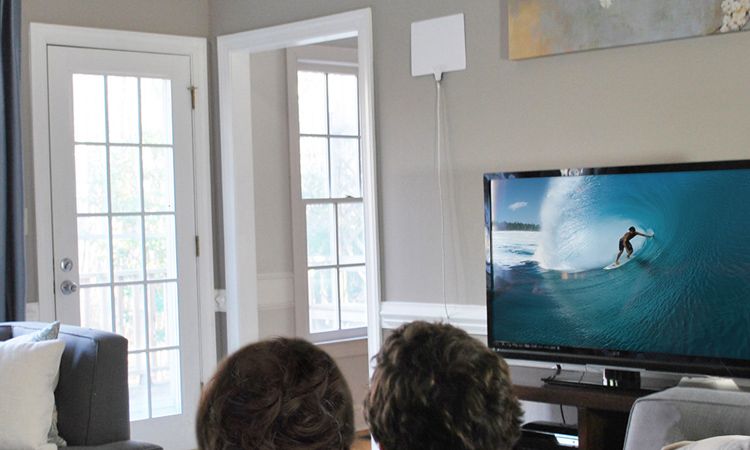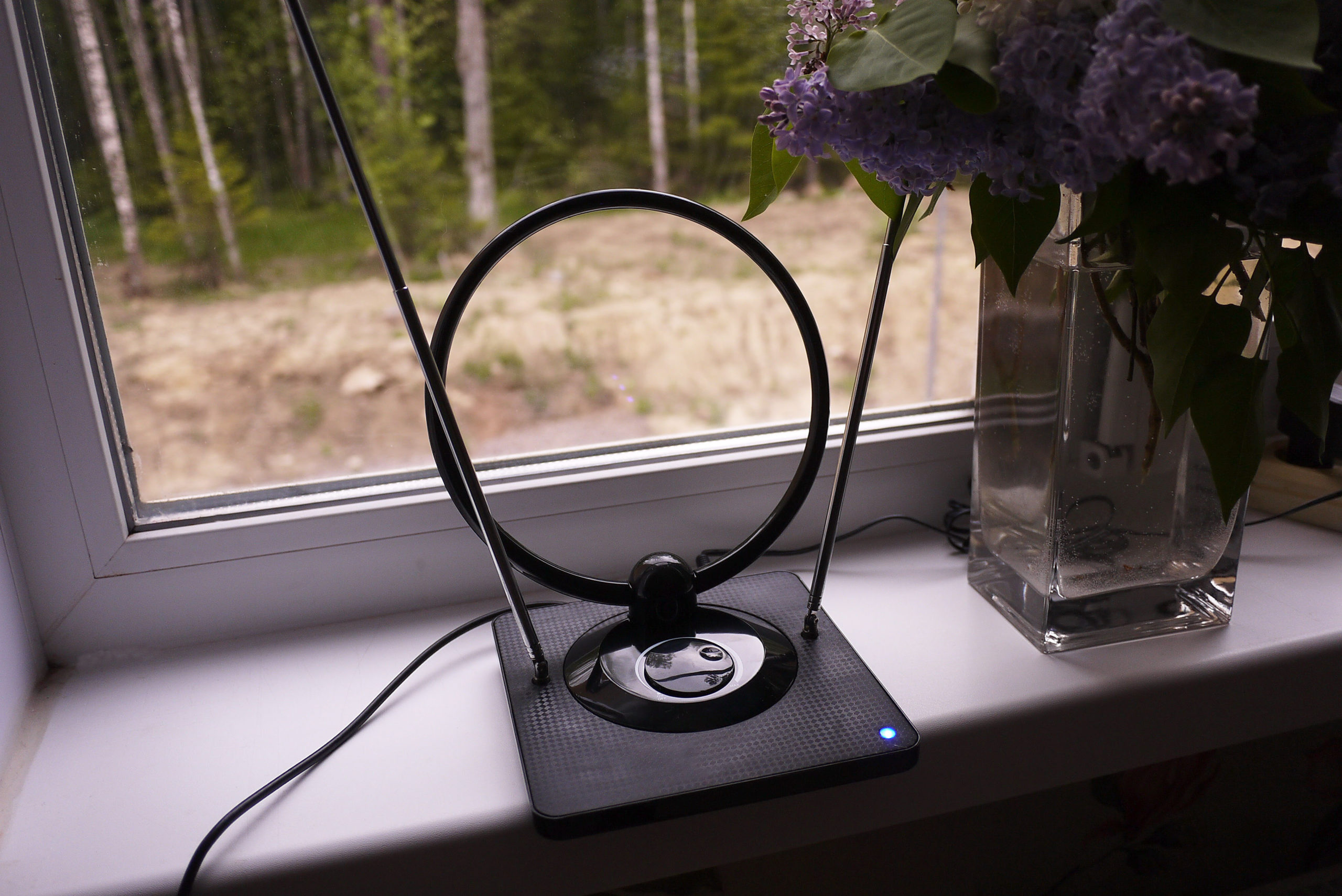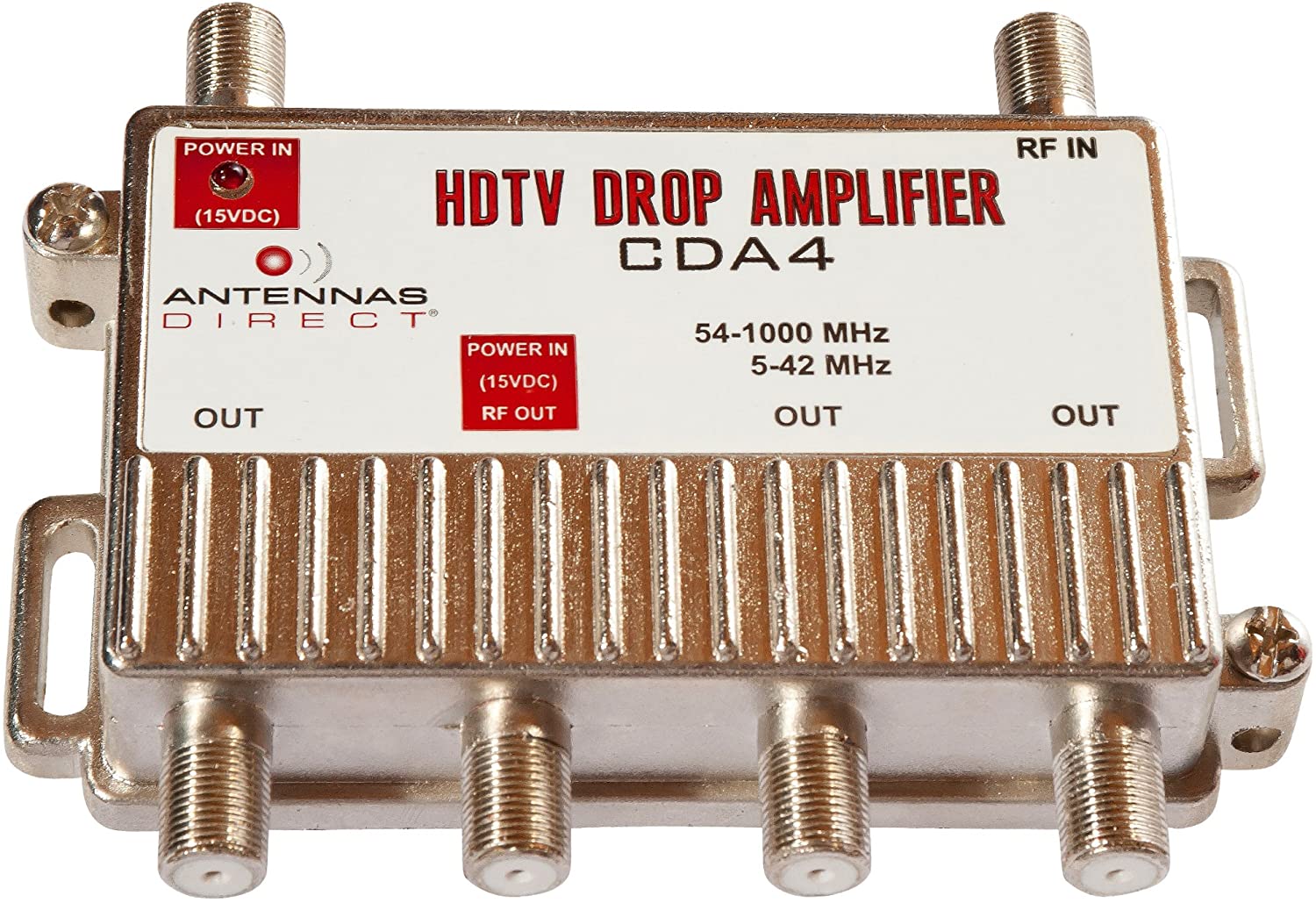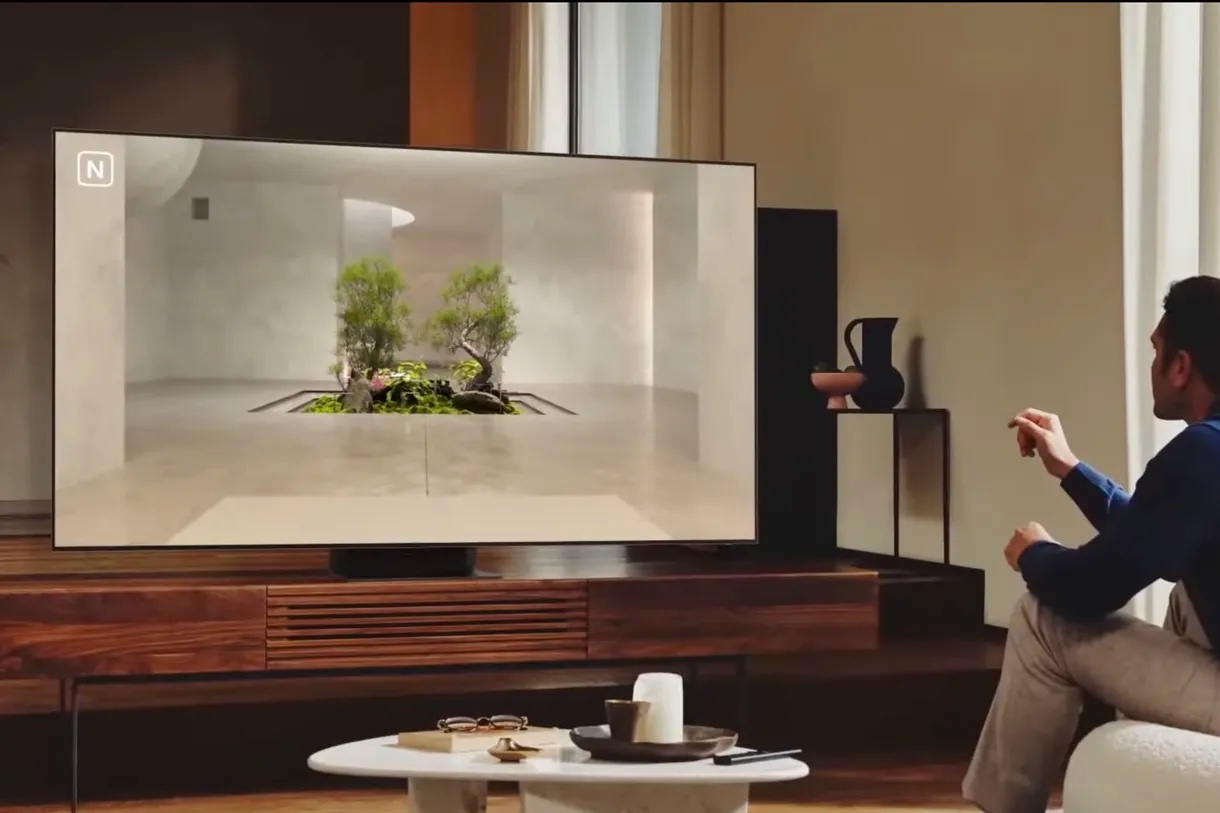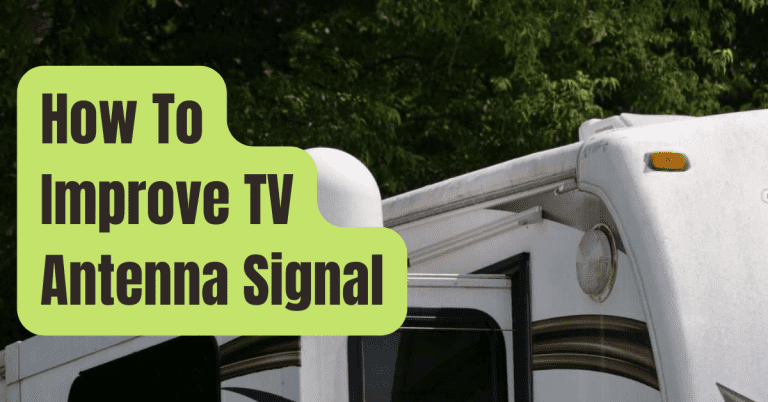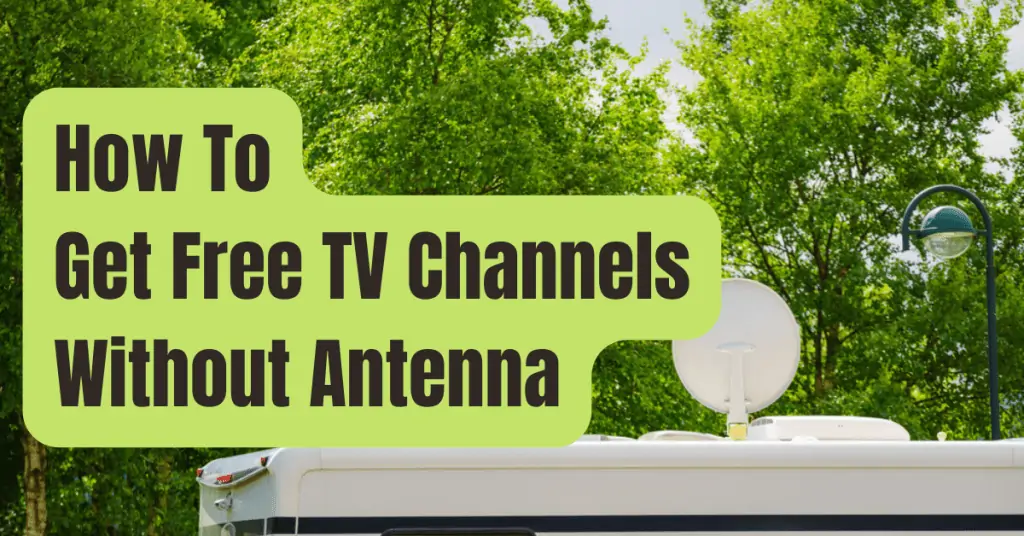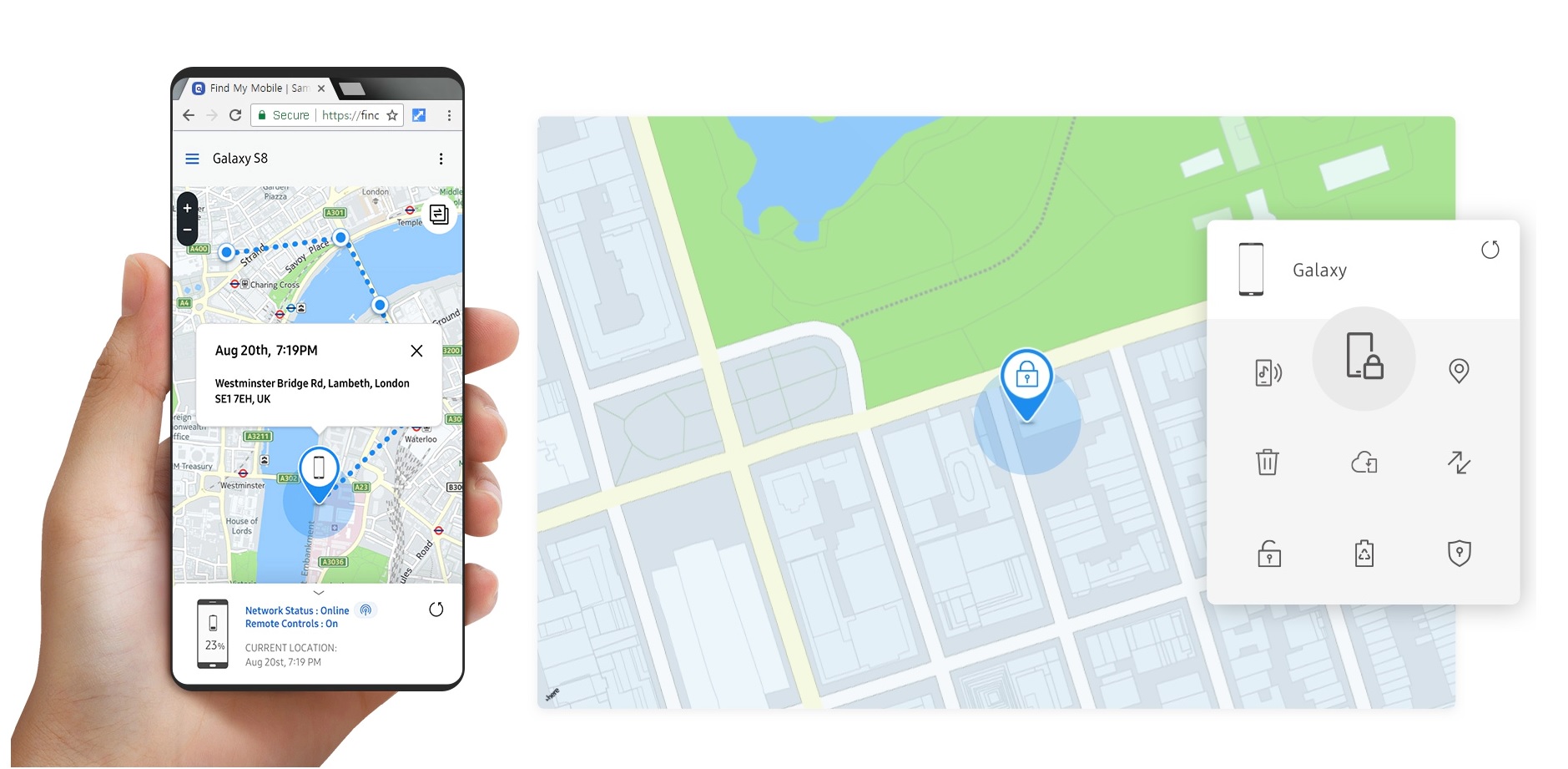How To Get Better Reception On Antenna Tv

Frustrated with fuzzy images and lost channels? Millions are cutting the cord, but antenna TV reception woes can derail the experience. Here's your rapid guide to boosting your signal strength and unlocking crystal-clear, over-the-air broadcasts.
This article cuts through the noise, providing actionable steps to improve your antenna TV reception. Forget expensive cable packages – reclaim your viewing freedom with a stronger, more reliable signal, starting now.
Assess Your Current Setup
First, evaluate your current antenna setup. Where is it located? What type of antenna are you using?
Indoor antennas are convenient but often struggle with interference. Outdoor antennas generally offer superior reception, but require proper installation and weatherproofing.
Knowing your antenna type (directional or omnidirectional) is crucial for optimizing its positioning. Directional antennas are more focused but need precise aiming.
Antenna Placement is Key
Location, location, location! This is the golden rule for antenna TV reception. Experiment with different spots, especially near windows and on higher floors.
According to the FCC, the higher your antenna, the better your chances of receiving a strong signal. Consider mounting your antenna in an attic or on the roof if possible.
Avoid placing your antenna near metal objects or electronic devices, as they can cause interference. These include computers, microwaves, and even refrigerators.
Aiming for the Best Signal
Directional antennas require careful aiming towards the broadcast towers. Use a website like AntennaWeb.org or the FCC's DTV Reception Map to pinpoint the tower locations in your area.
Slight adjustments can make a significant difference. Slowly rotate your antenna and rescan for channels after each adjustment.
Rescanning ensures your TV updates its channel list with the strongest available signals. Most TVs have a "channel scan" or "auto-program" function in their settings menu.
Upgrade Your Antenna
If your current antenna is old or low-quality, consider an upgrade. Outdoor antennas with higher gain generally provide better reception, especially in rural areas or areas with weak signals.
Amplified antennas can boost weak signals, but they can also amplify noise. Use them cautiously and only if necessary.
Research different antenna models and read reviews before making a purchase. Consider factors such as range, gain, and durability.
Check Your Cables and Connections
Faulty cables and loose connections can significantly degrade your signal. Inspect your coaxial cable for damage and ensure it's securely connected to both your antenna and your TV.
Use high-quality coaxial cable to minimize signal loss. RG6 cable is recommended for antenna TV connections.
Replace any damaged or corroded connectors. Clean the connectors with a dry cloth to remove any dirt or debris.
Understanding Signal Strength Meters
Most TVs have a signal strength meter that can help you optimize your antenna placement. Access this meter through your TV's settings menu.
Adjust your antenna's position until you achieve the highest possible signal strength reading. Keep in mind that signal strength can fluctuate depending on weather conditions.
A strong signal strength reading doesn't guarantee perfect picture quality. Signal quality is equally important and is affected by interference and noise.
Dealing with Interference
Interference can come from various sources, including cell phone towers, power lines, and even other electronic devices in your home. Try to identify and eliminate potential sources of interference.
Use a signal filter to block unwanted signals. LTE filters are particularly useful for blocking interference from cell phone towers.
Consider moving your antenna to a different location to avoid interference. Even a small change in location can make a significant difference.
Professional Installation
If you've tried all of the above steps and are still struggling with poor reception, consider hiring a professional antenna installer. They have the expertise and equipment to properly install and aim your antenna for optimal performance.
Professional installers can also help you diagnose and resolve complex reception problems. They can identify sources of interference and recommend solutions.
While professional installation can be costly, it can be a worthwhile investment if it ensures reliable and high-quality TV reception.
Next Steps
Start by assessing your current setup and identifying any potential weaknesses. Use the resources mentioned to locate broadcast towers and optimize your antenna's positioning.
Don't be afraid to experiment and try different solutions. Improving antenna TV reception often requires a bit of trial and error.
Stay informed about potential changes in broadcasting frequencies or tower locations in your area. These changes can affect your reception and may require adjustments to your antenna setup.
